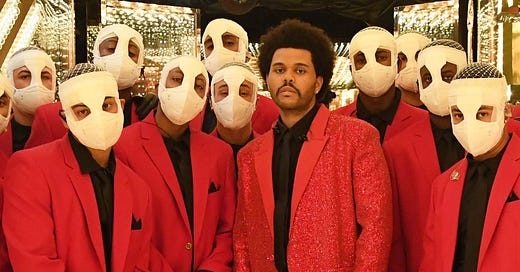The Weeknd's $7 Million Super Bowl Investment
Most people were shocked to hear that The Weeknd wasn't paid for his Super Bowl halftime performance, but based on future financial return, should they be?
Friends,
Given you subscribe to a sports business-focused newsletter, I’m sure you’re already well aware: Tom Brady won his 7th Super Bowl Championship last night, firmly cementing himself as the greatest NFL player of all time.
Hate him or love him; you have to respect him.
Rather than run through the economics of additional endorsements Tom Brady might s…


